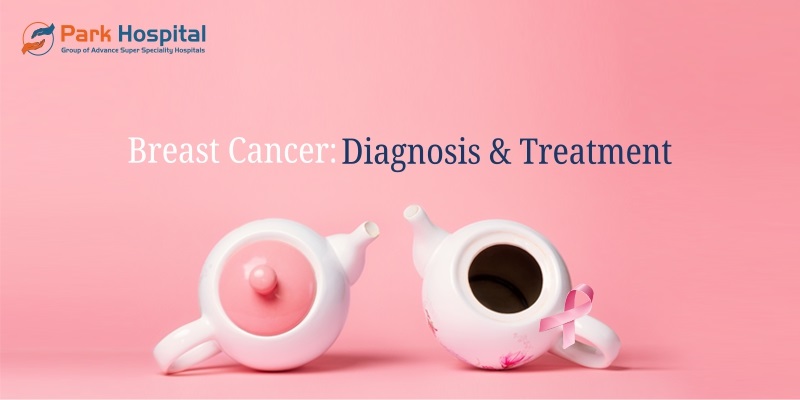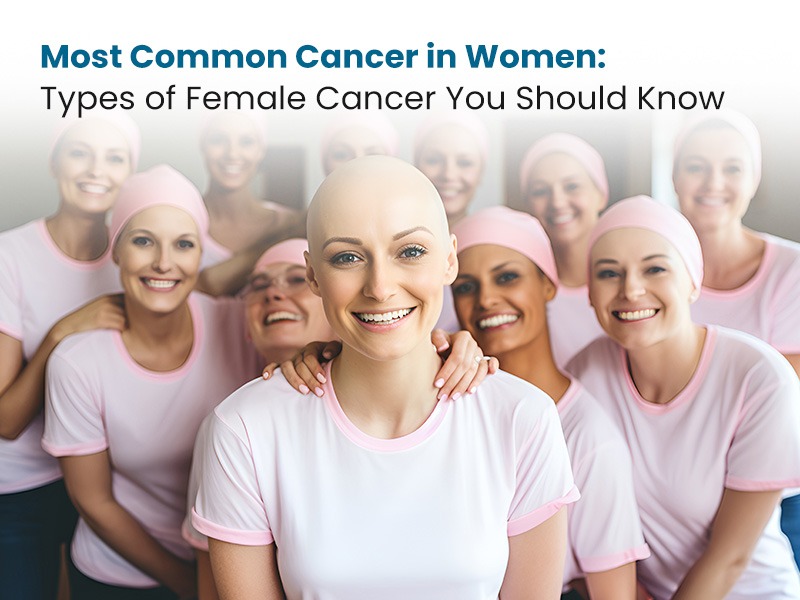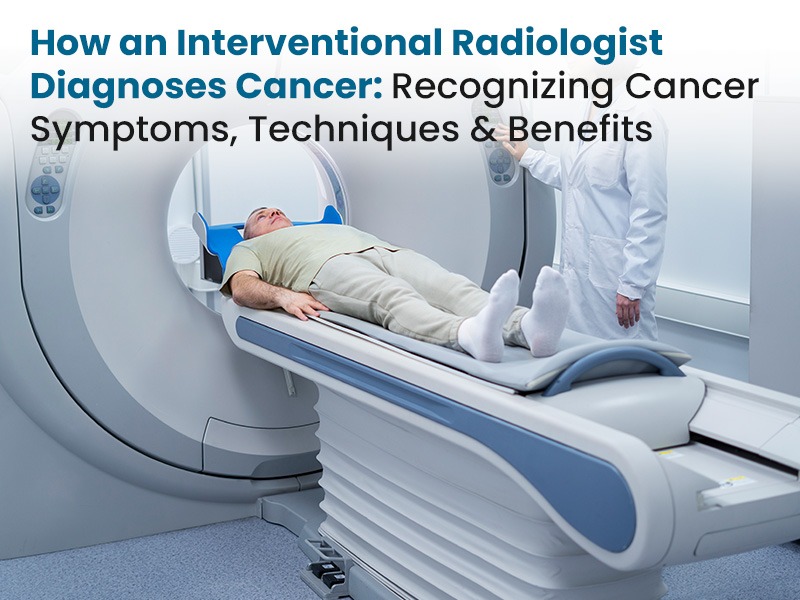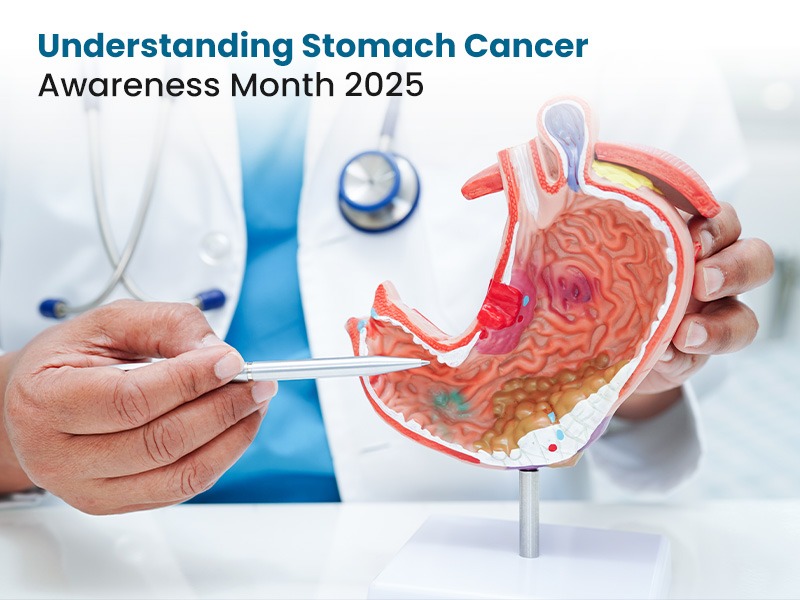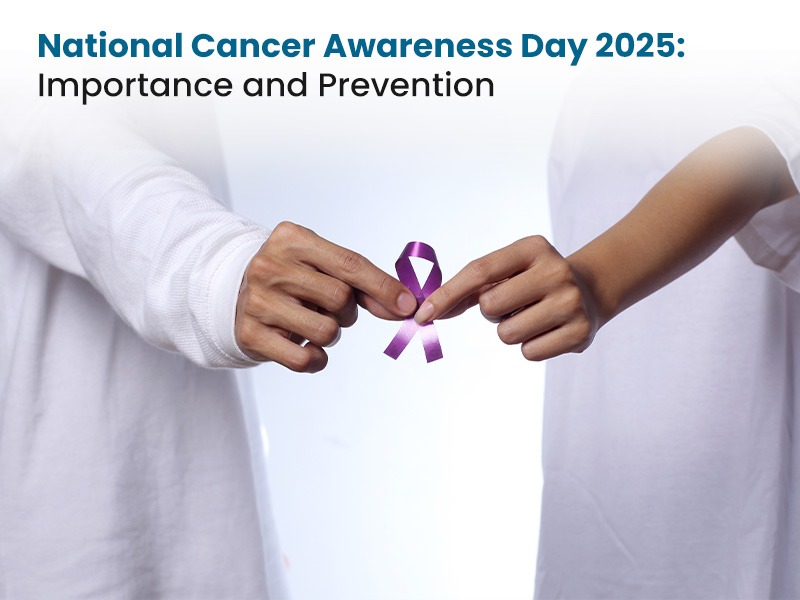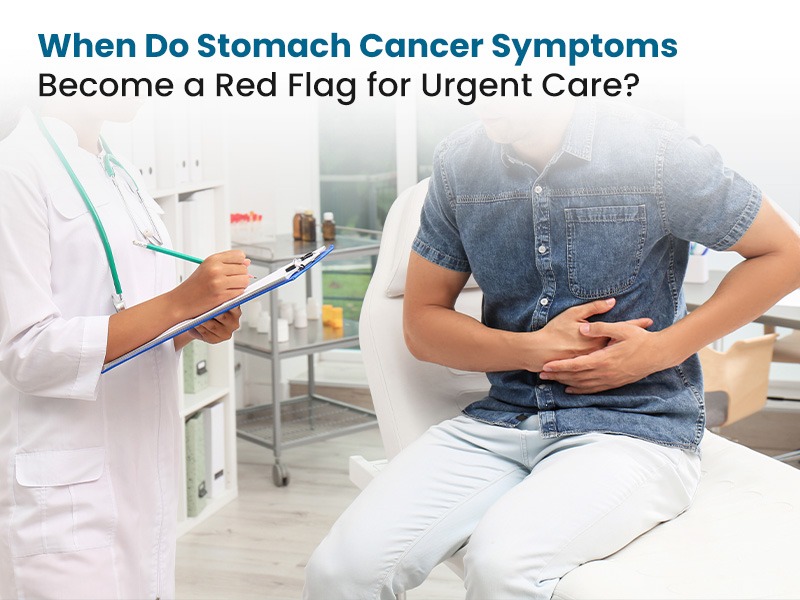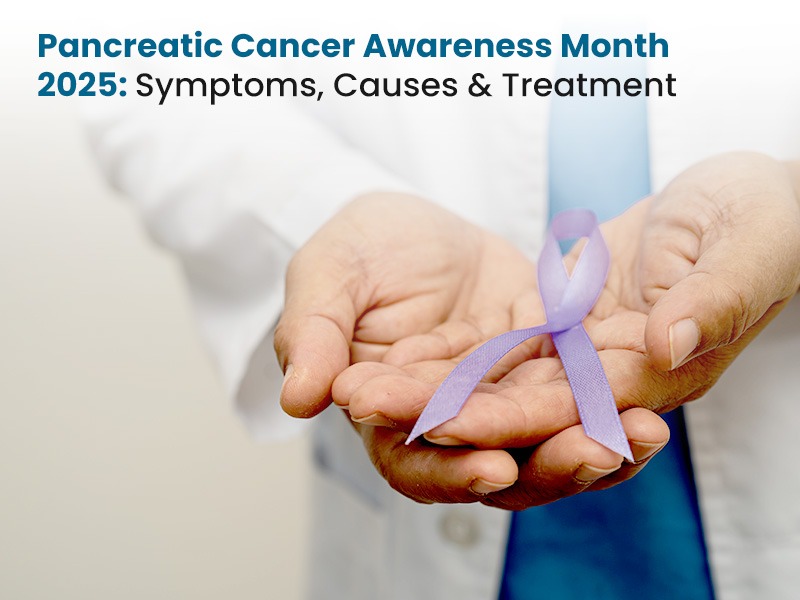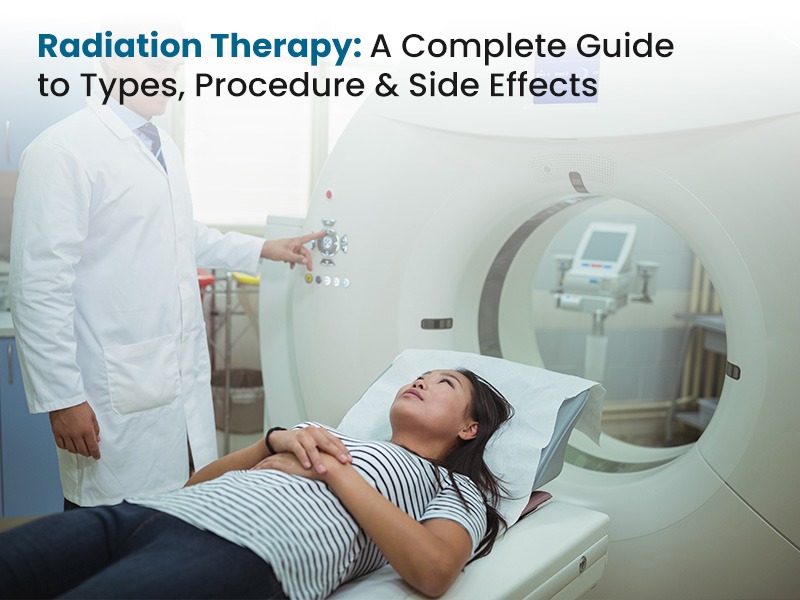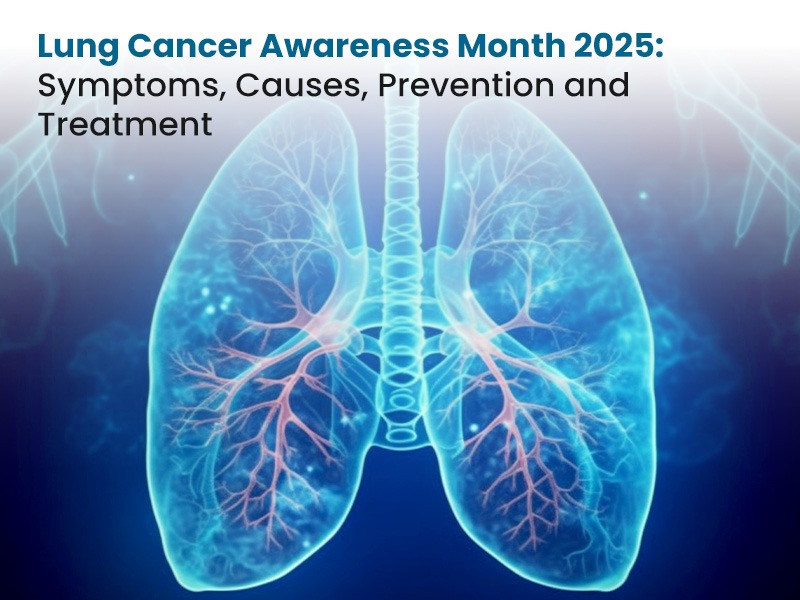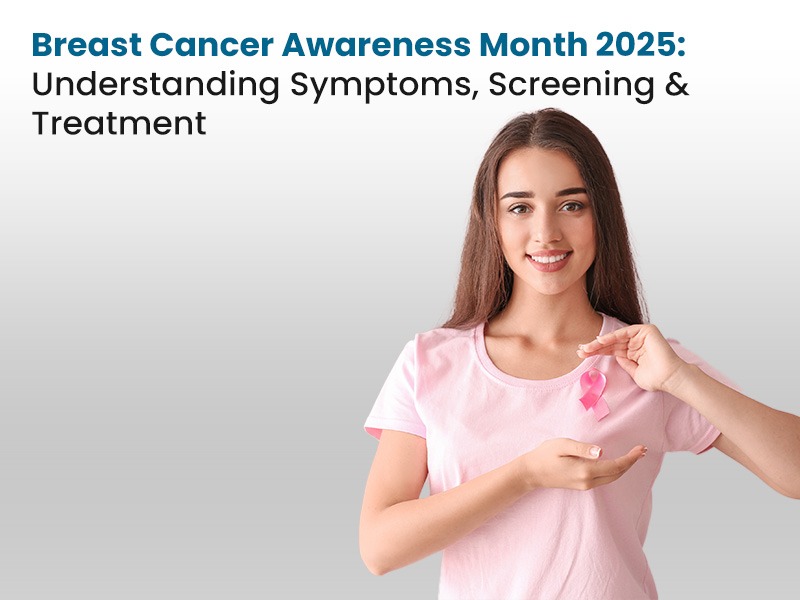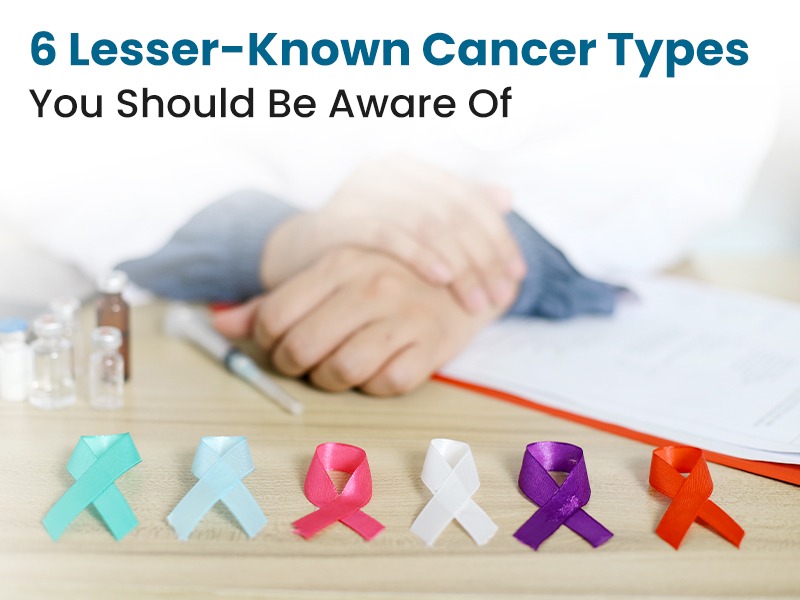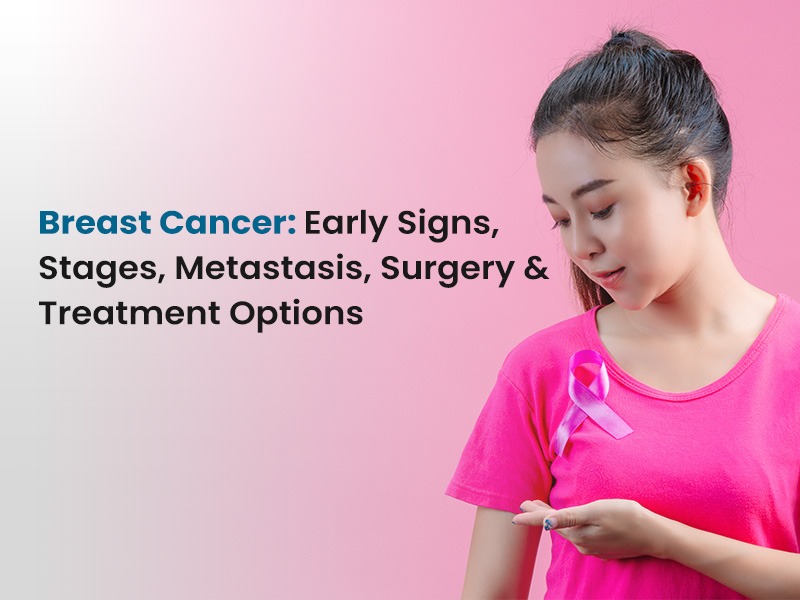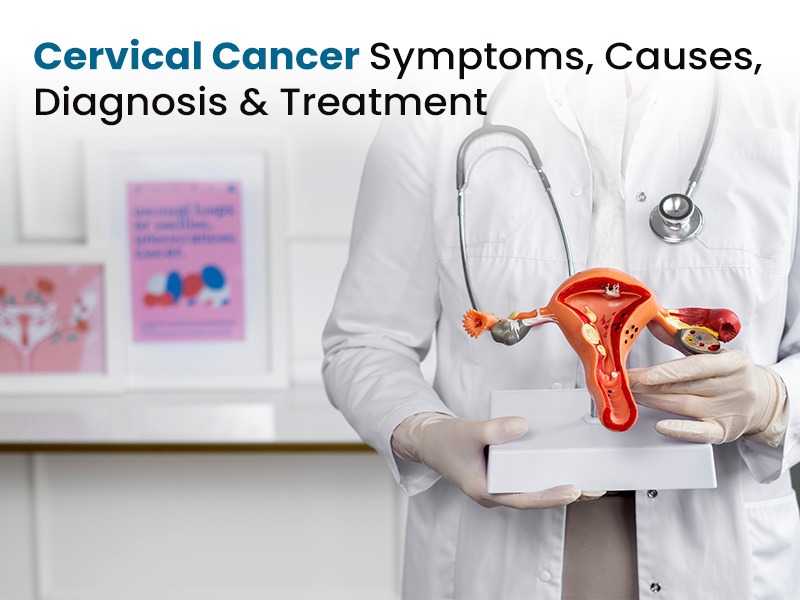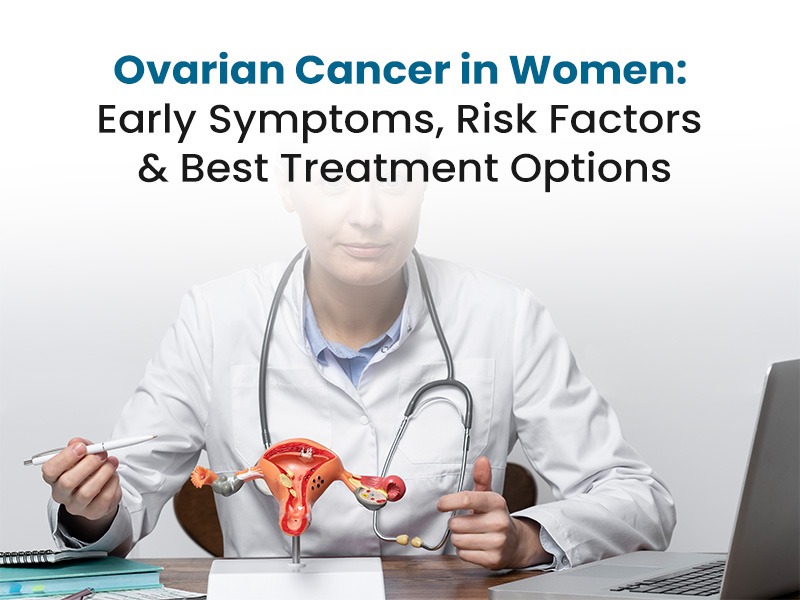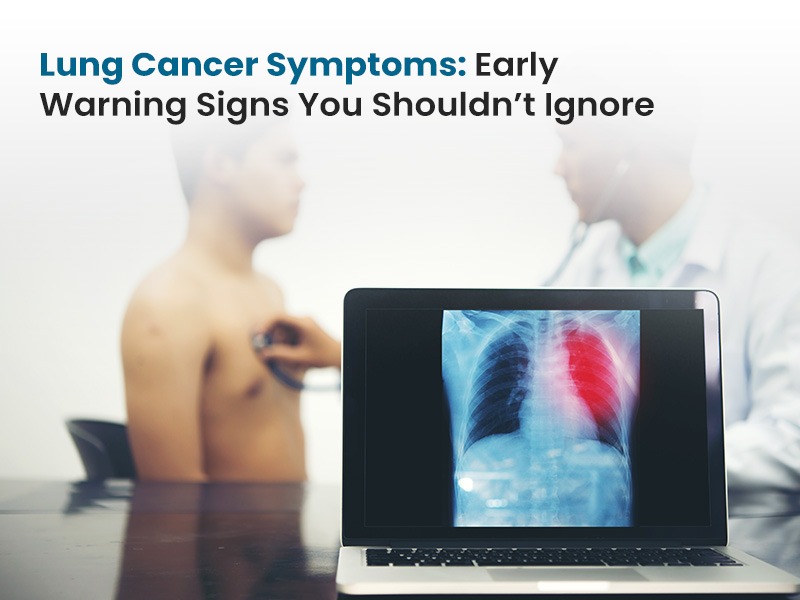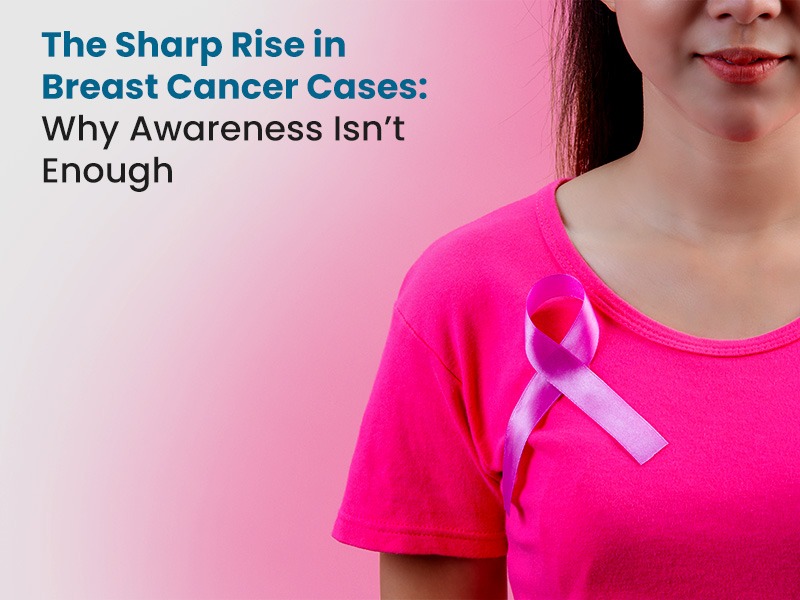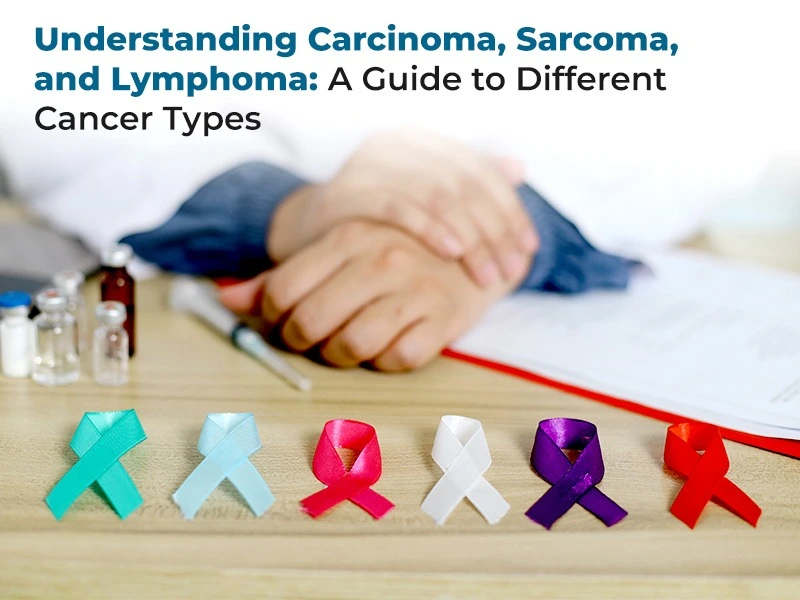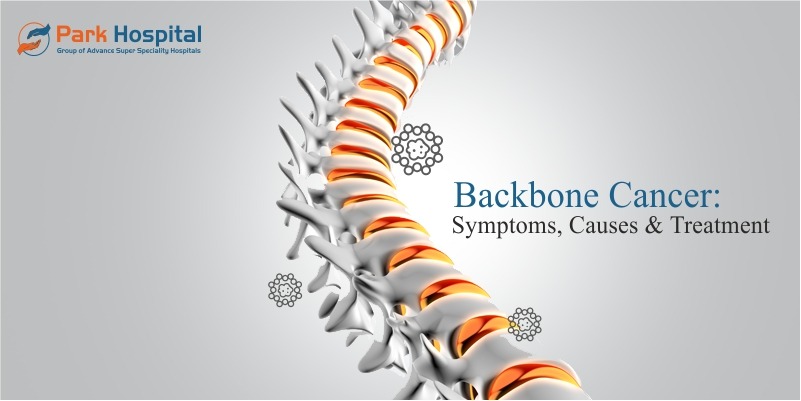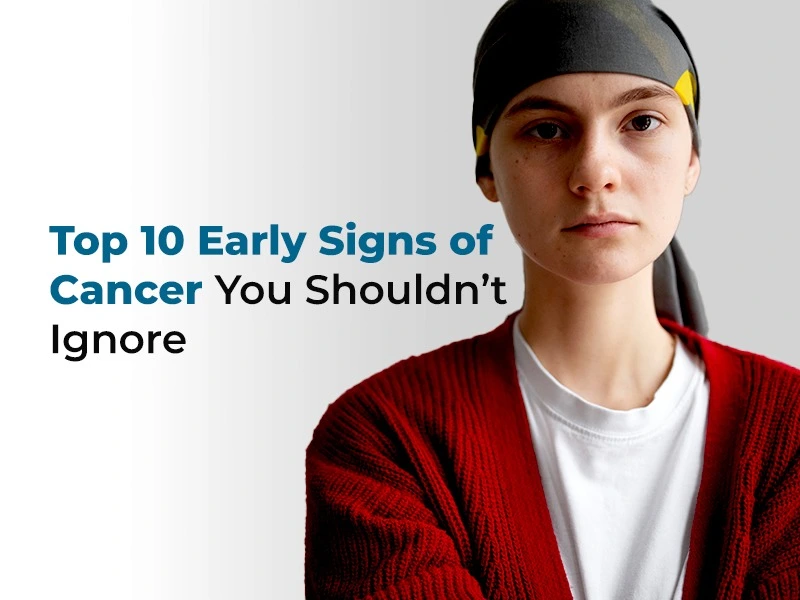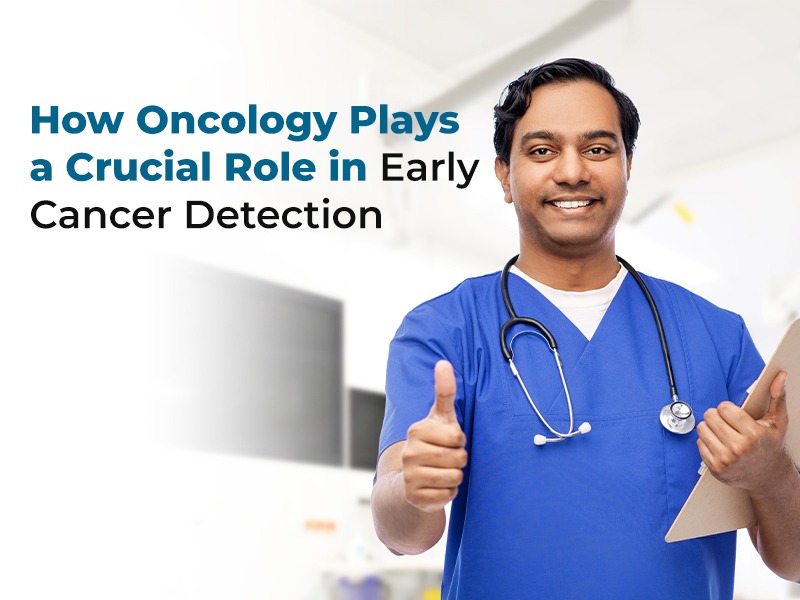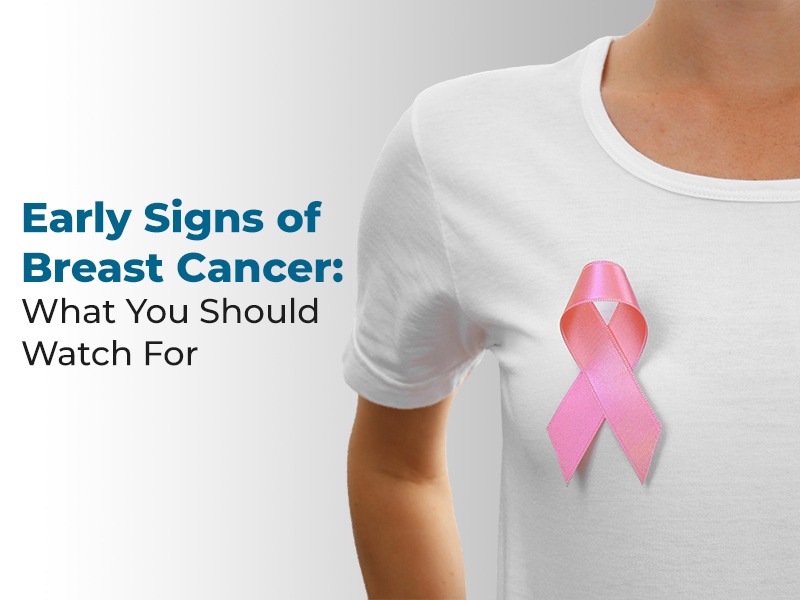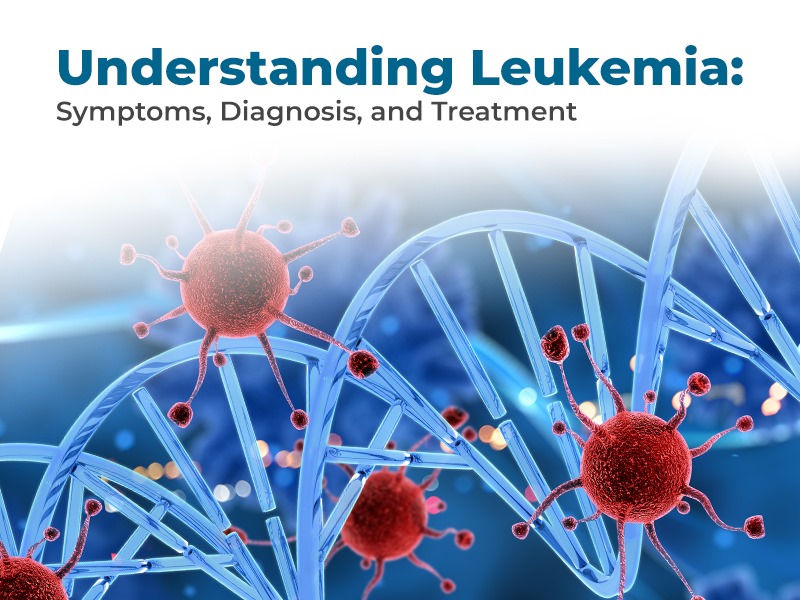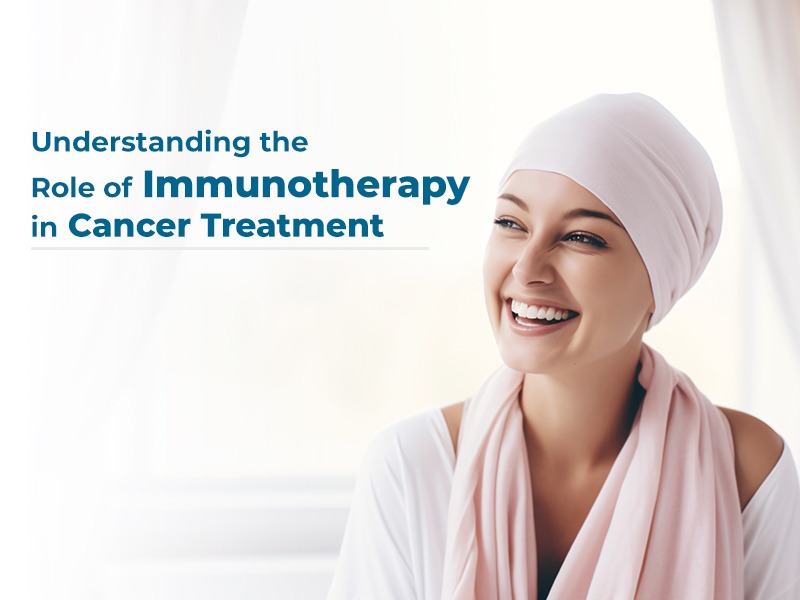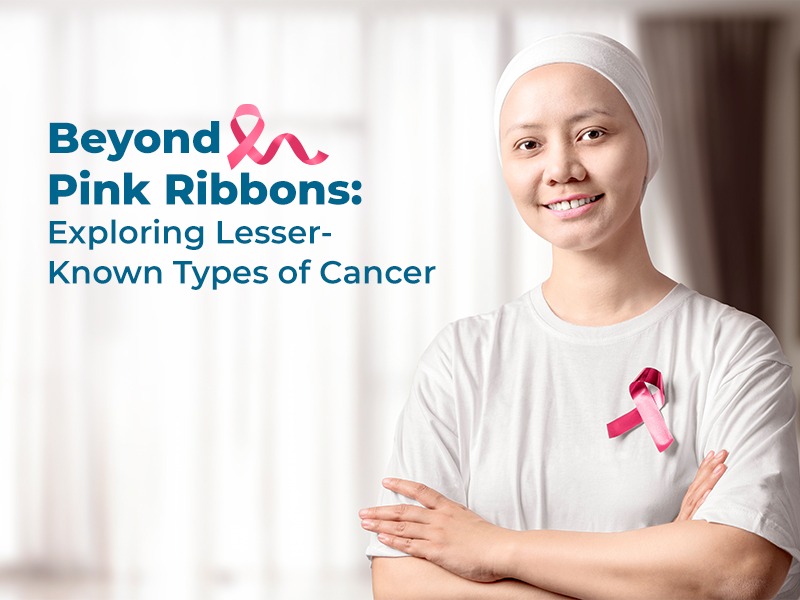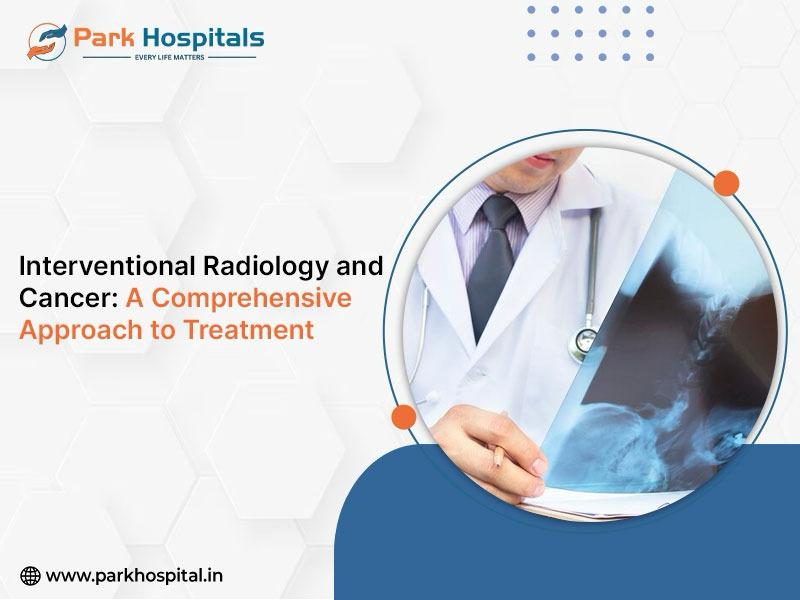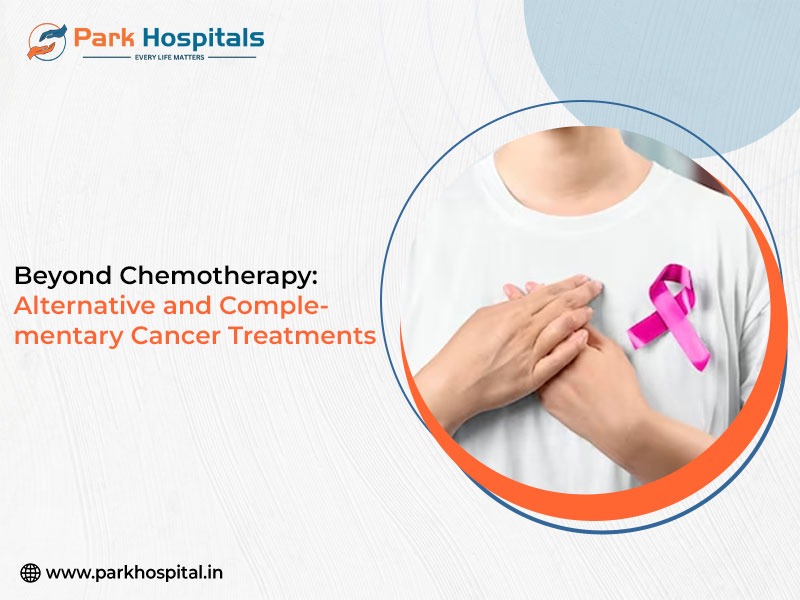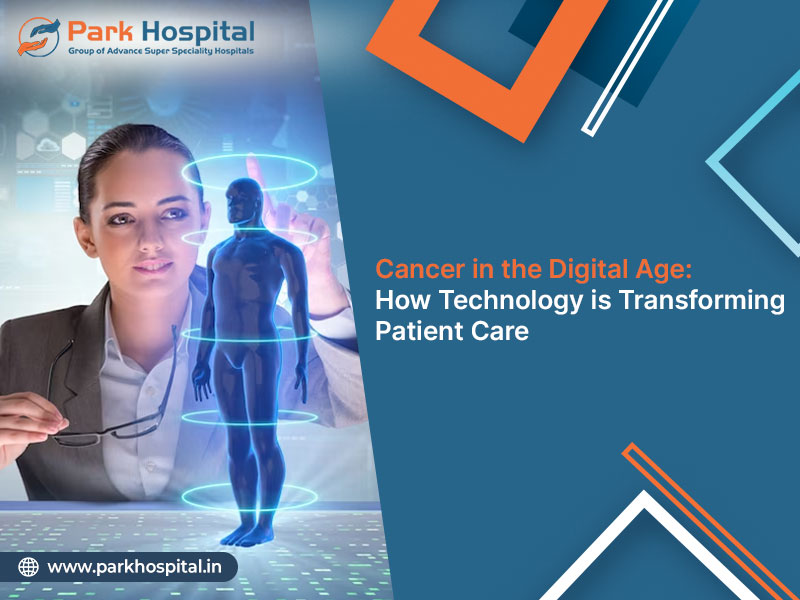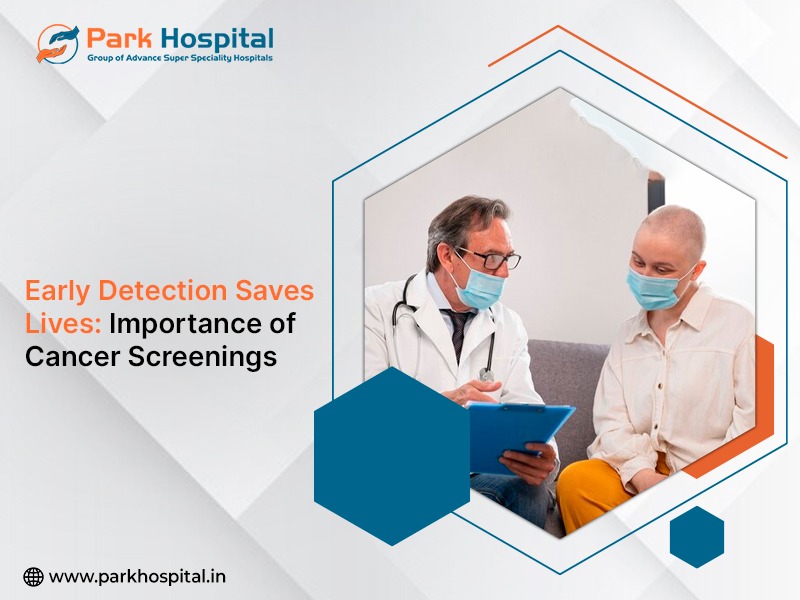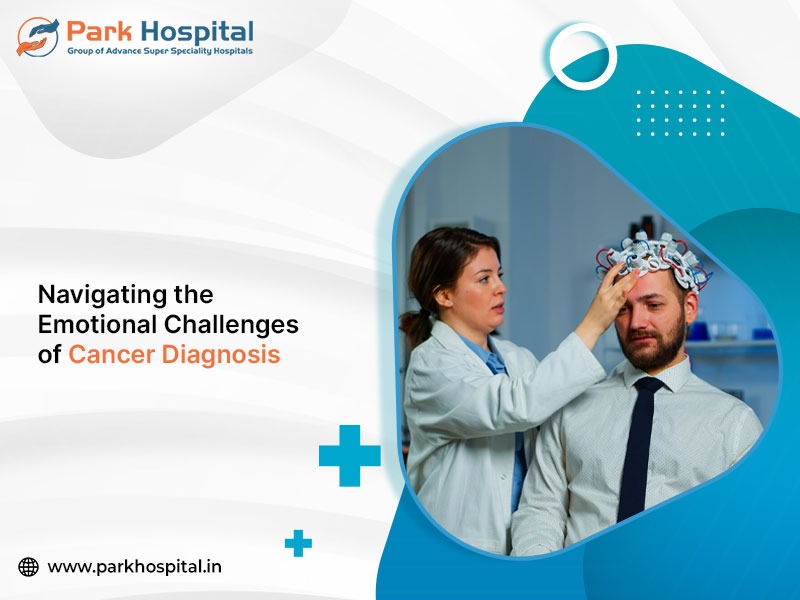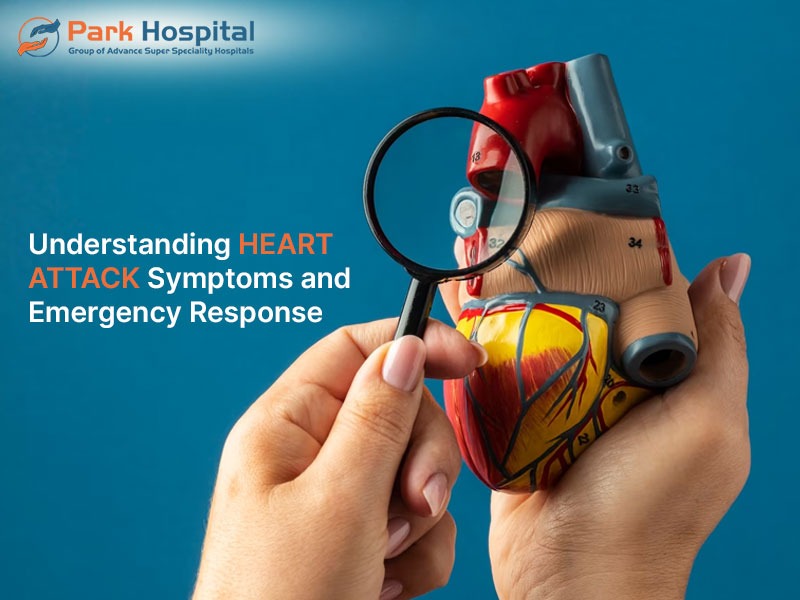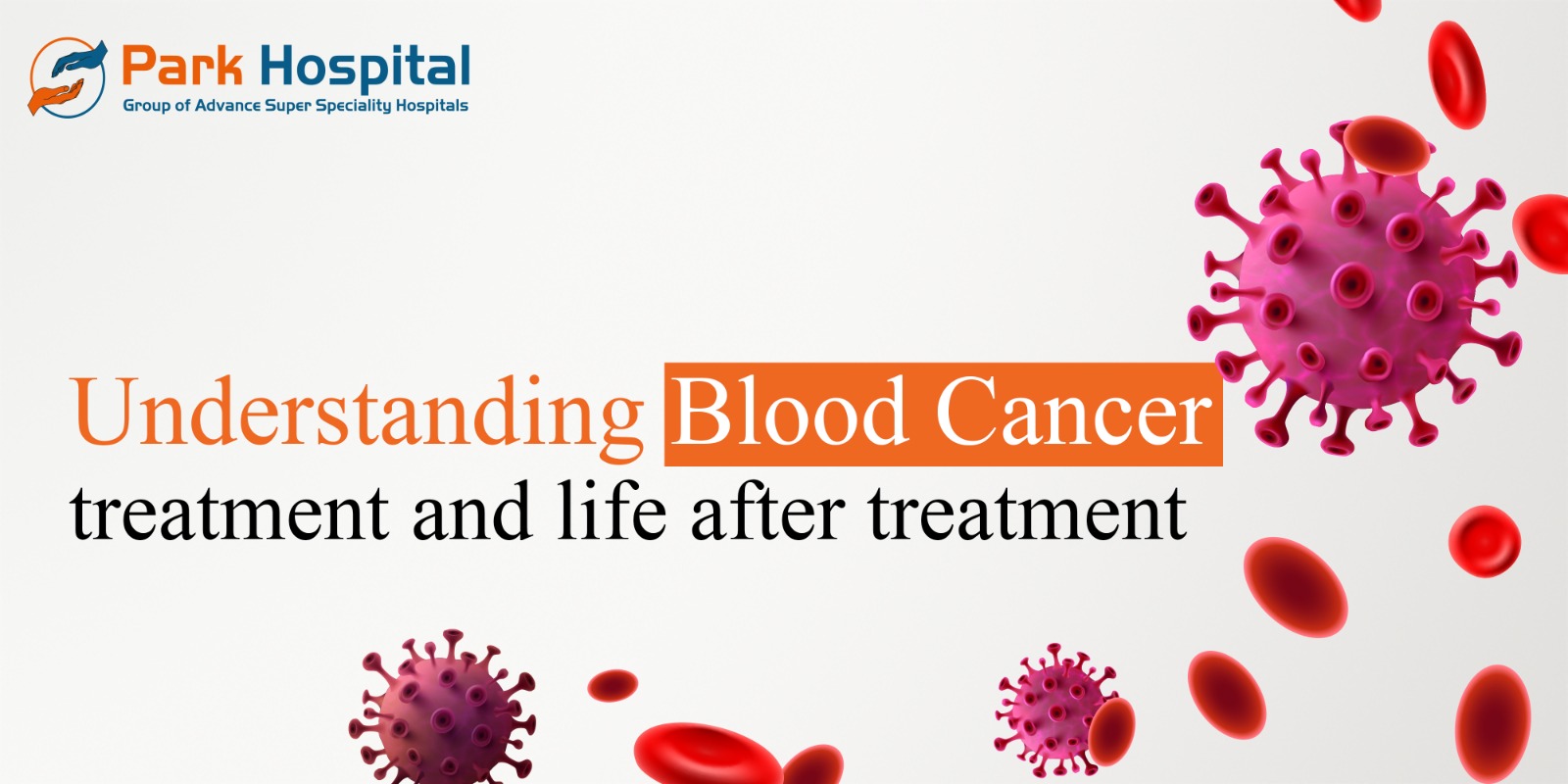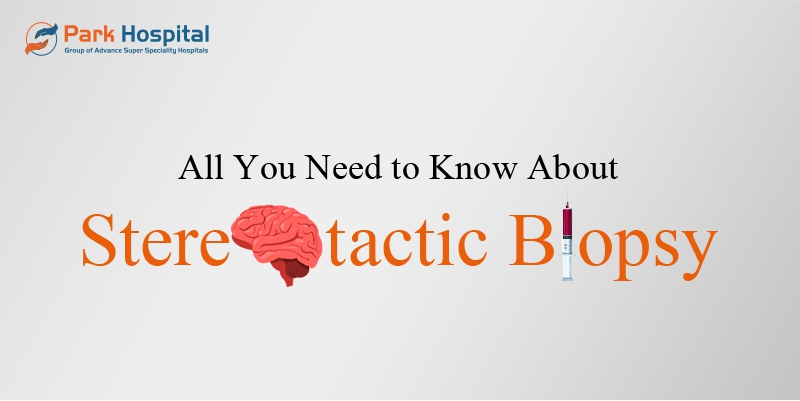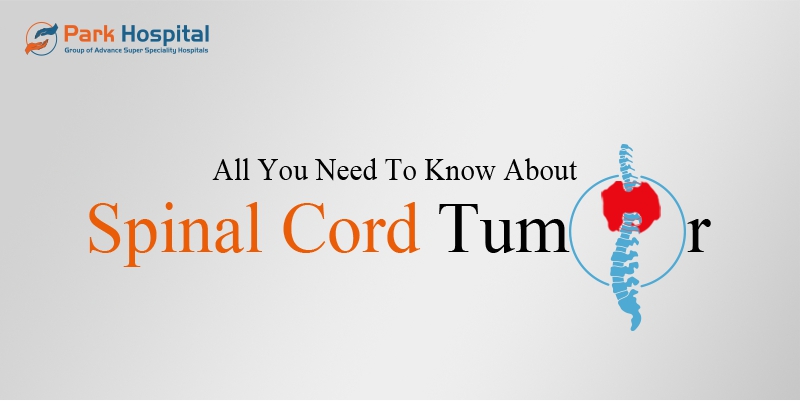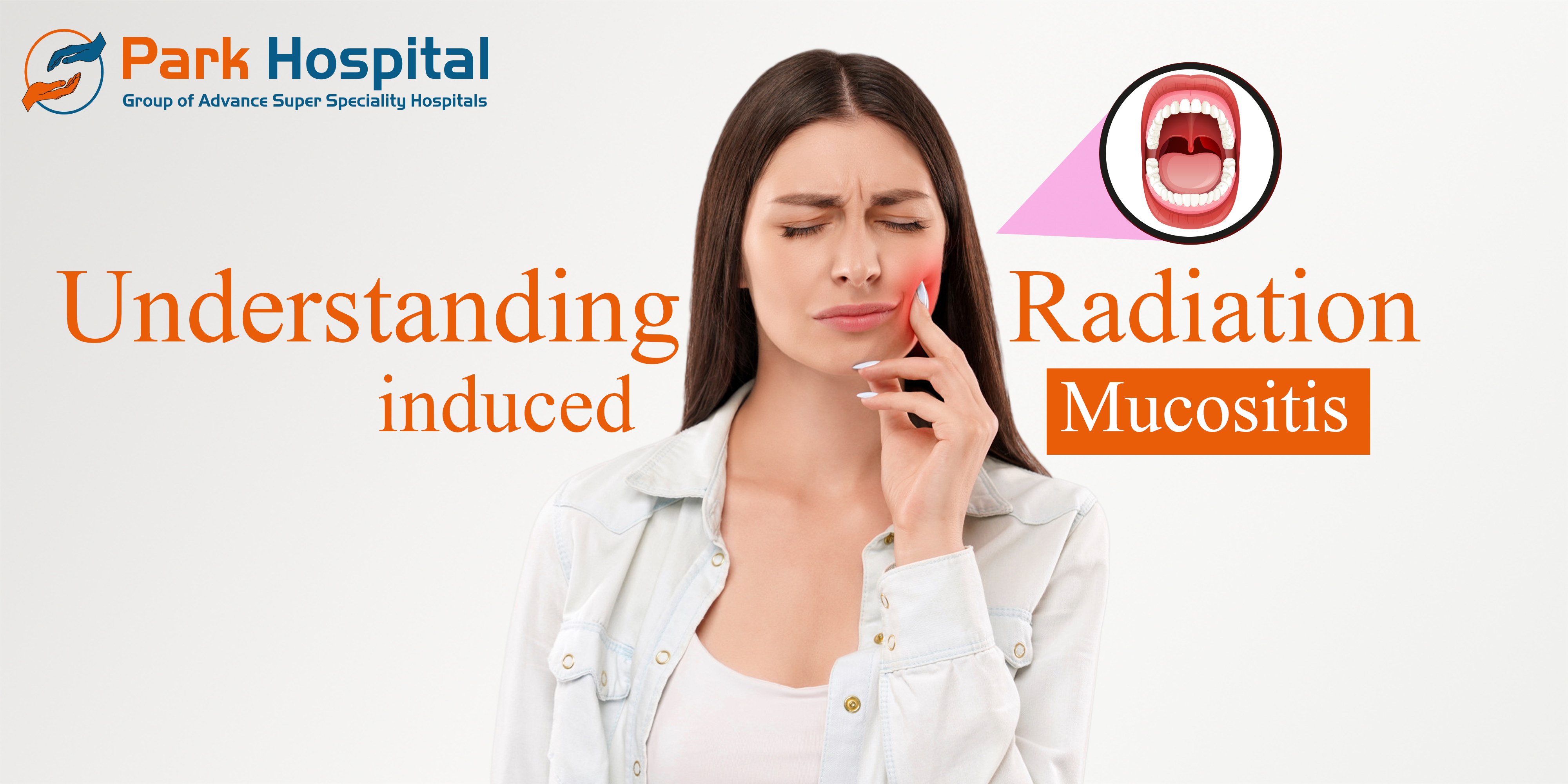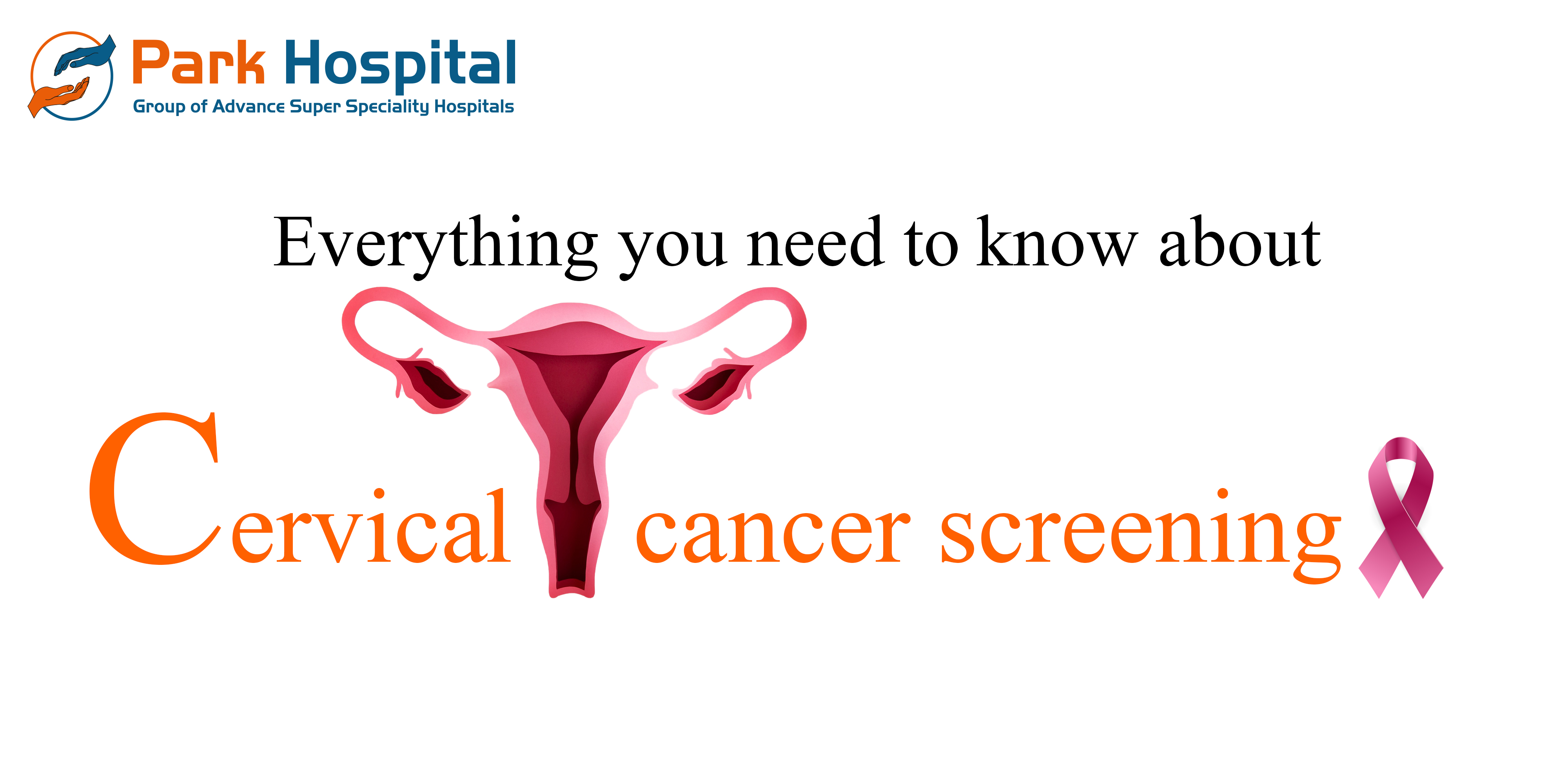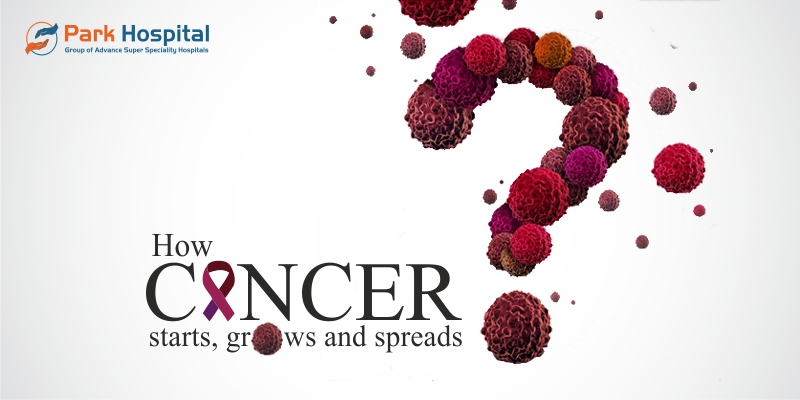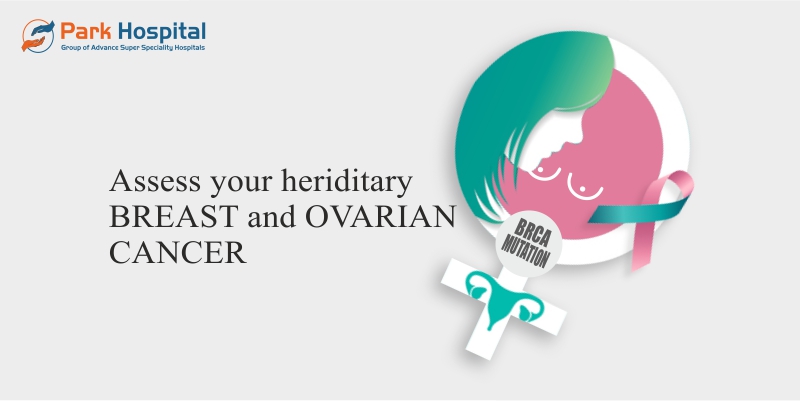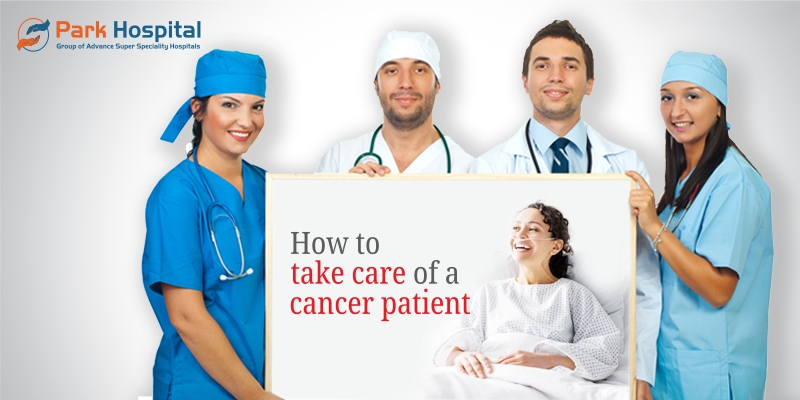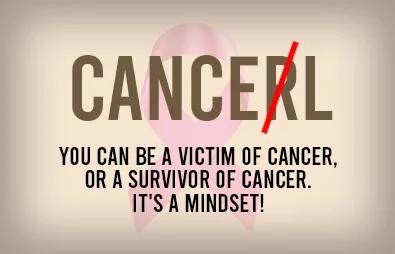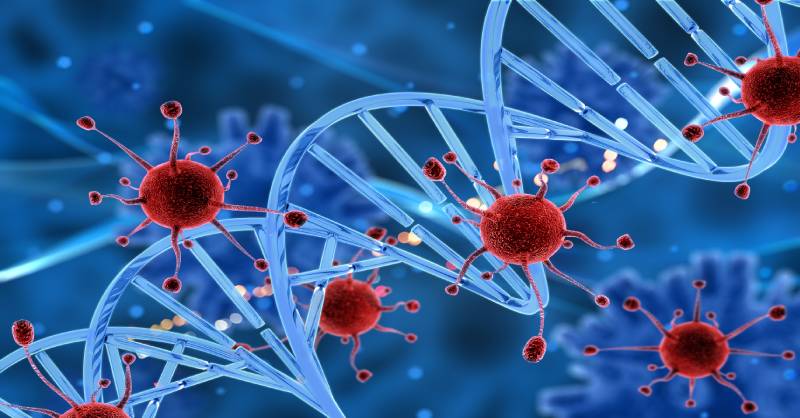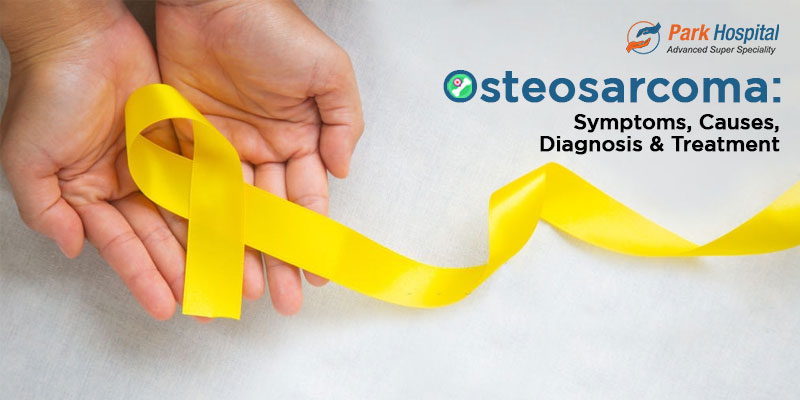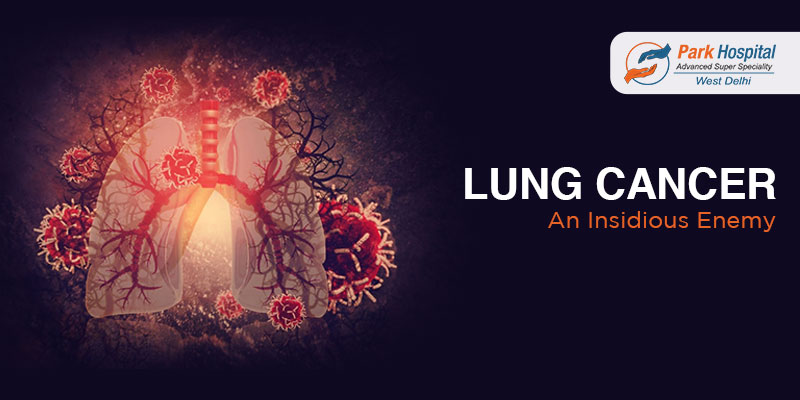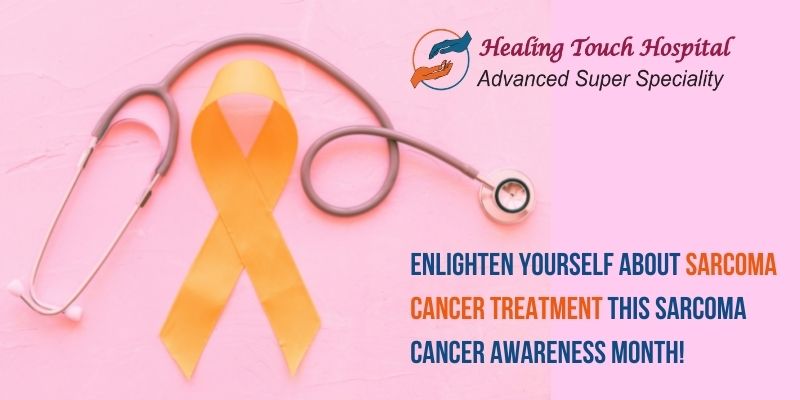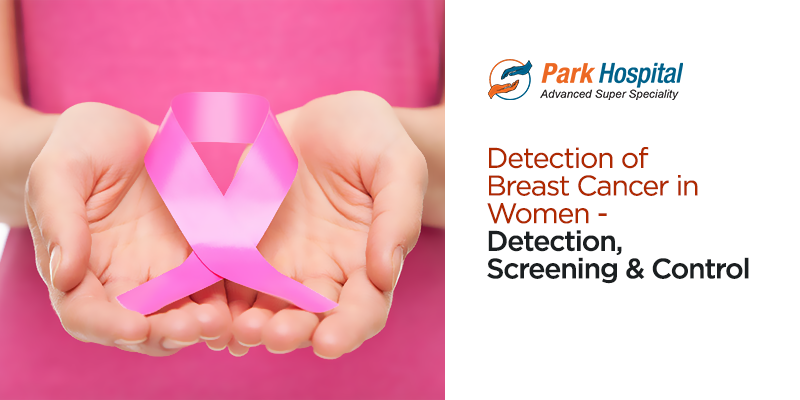Diagnosis
Tumors
in the breast are common in women who are of menopausal age. They may be benign or malignant. But when a woman feels a lump, it is
advisable to see that as the first sign to see a gynecologist. Upon provisional examination, diagnosis, and
taking the gynecological history of the woman if the gynecologist feels the
need to further investigate based on the size of the lump and the duration of
its presence as per the patient.
Further
investigations warranted are mammograms, and CT scans to know the size of the
tumor. If the tumor is generally small,
less than 0.5 cm in size, it is generally benign. Then a Fine needle aspiration assay can be
conducted to understand if there is any malignancy. A biopsy could be preferable to understand
the nature of the tumor and malignancy (if it is localized DCIS or invasive
Ductal carcinoma). The biopsy also helps
in understanding if the tumor is hormone receptor-positive for estrogen 0or
progesterone receptors. In case the
tumor is small and is estrogen or progesterone receptor positive, then hormonal
therapy with Tamoxifen, letrozole, or anastrozole is recommended to treat this
benign tumor.
But in
case the tumor is larger than 3-5 cm, then to understand its responsiveness and
decrease its size before surgery, neoadjuvant chemotherapy is recommended. In case it is Herceptin neu receptor-positive
breast cancer, then it could be treated with targeted chemotherapy such as
Trastuzumab (the monoclonal antibody). In
case the tumor is in early stages and is around 2 cm in size, then to check if
there are any metastases, diagnostic investigations such as a bone scan (that
thoroughly investigates the presence of any metastases in the entire body) and
Ultrasound of the abdomen. After all
these investigations, irrespective of the presence or absence of metastases,
surgery is the first step toward treating breast cancer.
Treatment – Surgery
Starting
from stage 1 breast cancer (small tumor), surgery is recommended. Surgery could be the removal of entire breast
tissue (Mastectomy) or could be partial breast-conserving surgery (BCS) that is
aimed at the removal of only the tumor and not the breast tissue. However, in case the patient takes the choice
of BCS, then post-surgery the patient has to mandatorily undergo radiation
therapy. But in the case of mastectomy,
such radiation therapy can be avoided unless the patient’s malignancy is
reported with metastases.
Post-surgery
the patient is observed for any complications for about a day or two. In most cases, since the surgery is
uncomplicated the patient may be discharged within a day. Further to which the patient is advised to
rest for 2-3 weeks, only after which the treatment protocol for chemotherapy is
initiated. Chemotherapy generally is to
be initiated within 8 weeks post-surgery.
Treatment – Adjuvant Chemotherapy
In
case, the hormone receptor involvement was not measured during the initial
biopsy investigation, before starting chemotherapy in case of mastectomy, the
involvement of nodes and metastases was observed through SLNB (Sentinel Lymph
node biopsy). In case there is the involvement
of nodes, then radiation therapy is recommended. In case there is no nodal involvement, then
there is ER, PR, HER neu receptor involvement and KI 67 value to assess the
risk of recurrence.
ER
& PR positive breast cancers involve hormonal therapies such as Tamoxifen
or aromatase inhibitors such as Letrozole or Anastrozole. Her neu-positive breast
cancers indicate involvement of Her neu receptor hence warrants a
targeted therapy with Trastuzumab. The
dangerous kinds of breast cancers are triple-negative breast cancers which are
of high risk of recurrence. This is
indicated by abnormal KI 67 values (> 20%). Breast cancers with KI 67 values <10% are
of low risk. Once it is decided that a chemotherapy
regimen is recommended then before starting the cycle, the patient is assessed
for her body surface area (based on height and body weight before the cycle),
assess blood counts at baseline through CBP (hemogram), assess kidney function
through measuring serum creatinine levels and assess liver function through
serum bilirubin. Once these investigations
are done, then the patient is assessed for a 2D echo investigation to ensure
her CV health is ok to start the chemotherapeutic regimen.
The triple-negative
breast cancer (TNBC) or axillary node-positive breast cancers are treated with
adjuvant intensive chemotherapy region initiated by anthracycline derivatives
such as doxorubicin (gold standard first-line treatment) along with
Cyclophosphamide. The dosages of
doxorubicin (60mg/m2 of body surface area) and Cyclophosphamide (600mg/m2
of body surface area) given intravenously differ for individuals based on their
body surface area calculated by height (constant) and body weight (variable)
before starting each cycle.
For such
high-risk node-negative breast cancers or axillary node-positive breast
cancers, in which an intensive chemotherapy regimen is recommended, each cycle
is separated by a 21-day chemotherapy-free period. This 21-day interval is to observe the effect
of the chemotherapy regimen on its side effects. Some of the side effects involve
heart-related complications, infections, nausea and vomiting, etc., but are not
necessarily seen in all patients.
How many chemotherapy treatment cycles
For high-risk
breast cancers such as TNBC, 4 cycles (21-day length) of
doxorubicin-cyclophosphamide cycles are recommended followed by the weekly
cycle of taxol compounds such as Paclitaxel injections for 12 cycles.
Diet recommendations post the chemotherapy
High
protein foods such as protein beverages (4 scoops X 4 times a day), fresh
fruits, dry fruits boiled in water to remove the outer coat, and boiled or
cooked vegetables, are recommended diets for patients post-chemotherapy.
What happens after first chemotherapy – Handling side effects
Intensive
regimens involving doxorubicin decreased blood cell count, especially leukocyte
count, absolute neutrophil count, etc. that are responsible for the body’s
natural defense. Hence adequate care is taken during chemotherapy for the
hygiene of living conditions, and to minimize the patient’s exposure to the
outside environment so as to prevent the possibility of any infections
post-chemotherapy cycle.
To regain
the body’s natural immunity, pegylated G-CSF (PEG-Filgrastim 6mg) is
recommended as a subcutaneous injection at least 24 hours post-chemotherapy to
recover white blood cells in the next 21 days before the next cycle. However, intermittently a week after the
first chemotherapy cycle, a complete blood picture is taken and assessed for
the boost of blood count. If not
adequately boosted the patient is recommended for a Filgrastim 300mcg
subcutaneous injection for two consecutive days and allow the patient to recover
full immunity and WBC count.
Since
the G-CSF injection boosts bone marrow the patient undergoes back pain which
can be managed by a pain killer. To
avoid any gastric distress due to pain killers, add a tablet of a combination
of rabeprazole and domperidone. Nausea
and vomiting is the common side effect that can be treated with ondansetron
tablets. The patient undergoes sleep
problems at times, hence recommended with anxiolytic-like alprazolam only to be
taken based on the recommendation of the medical oncologist.
How successful is chemotherapy
Survival
rates at 5, 10, and 15 years are generally predicted by the NHS predict tool by
doctors, and generally, the survival rates depend on various factors such as
nodal involvement, risk of breast cancer, tumor grade, kind of breast cancer
such as ER+ve or PR+ve or Her neu-positive or triple negative. However the survival rates of a woman with
breast cancer without nodal involvement and a high risk of breast cancer
because of being triple negative grade can typically be as follows –
5-year survival
67% without chemotherapy, 71% with chemotherapy
10-year survival
57% survival without chemotherapy, 61% with
chemotherapy
15-year survival
47% survival without chemotherapy, 51% with
chemotherapy.
So, as
per tools and doctors, the number of patients whose survival increases are 4-6%
with chemotherapy. It might be a paradox
that the doctors and patients only count on that 4-6% for their own reasons but
don’t count on the remaining 50% or more patients who survive.
Conclusion
In effect, one side of the coin is the burden of
chemotherapy is a hope to be in that 4-6% with a lot of side effects and
suffering during the treatment, instead of counting amongst the survivors just
giving an inkling that the entire chemotherapy is started based on the fact
that the patient will not be in that survivor’s percentage.
The flip side is that given the possibility of side effects but not necessarily in all patients and the benefit of treatment, even a 4-6% increase in survivors is indeed a great achievement to the medical fraternity and also the patients who enjoy long disease-free survival post-chemotherapy.

